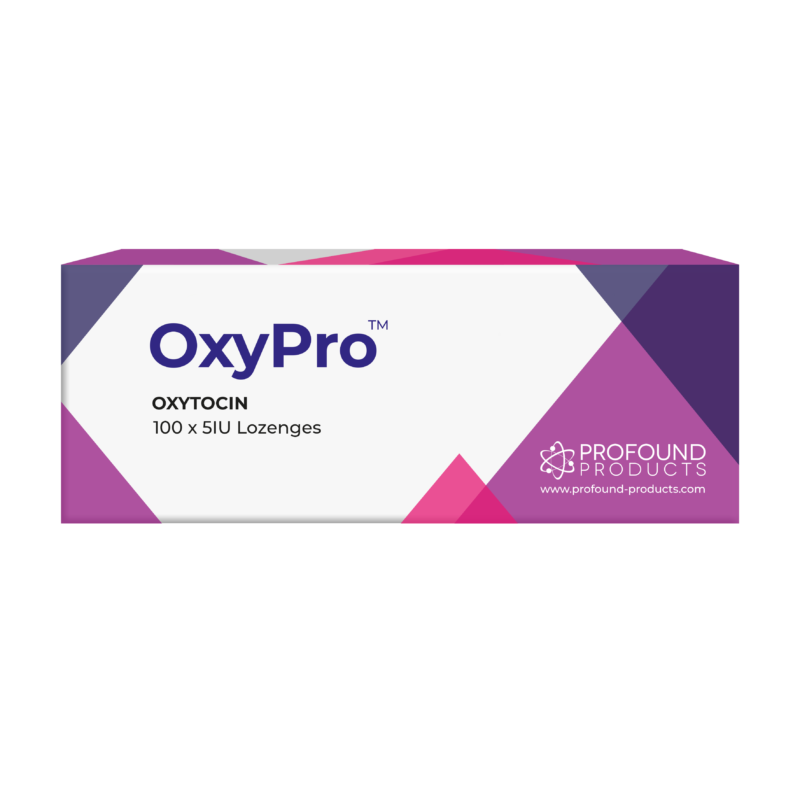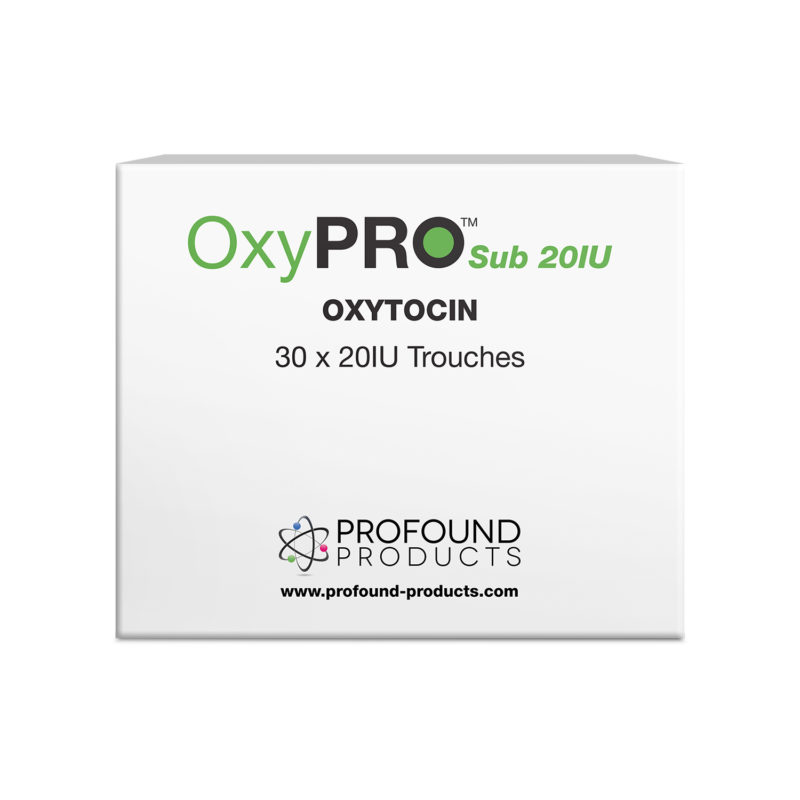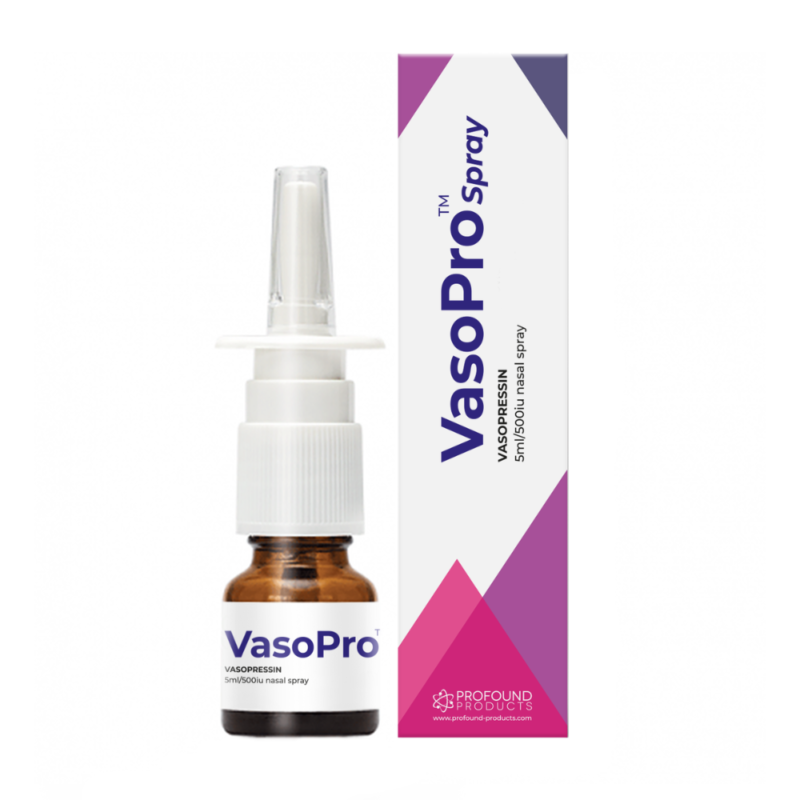Breakthrough for eye health announced by prominent scientists
At an important meeting at the International Society for Eye Research in San Francisco (1), several prominent scientists announced a significant breakthrough in preventive medicine that dramatically affects health and wellness of the eyes.
First on the podium was Professor Herbert Reitsamer who explained his research titled; “Considerations of Venous Pressure in the Pathophysiology of Intraocular Pressure and Ocular Blood Flow.” He substantiated the view that natural vasopressin (Vaso-Pro™) significantly reduces intraocular pressure (IOP) as well as ciliary (eye) blood flow (CilBF) in a dose-dependent manner. These two factors are critical in managing and reversing glaucoma that afflicts 30 percent of all seventy-year-olds.
Even in younger people, glaucoma represents a major cause of vision loss throughout the world. Professor Reitsamer said that; “elevated IOP is a major risk factor for glaucoma… and reducing IOP is currently the primary target for therapy. AVP (vasopressin, Vaso-Pro™) is a prime candidate to investigate fluid dynamics in various tissues.” In addition, impaired ocular blood flow is responsible for many other eye diseases such as diabetic retinopathy and macular degeneration.
Indeed, these eminent scientists revealed “key basic hormones” essential in upregulating the eye and other organs for repair because, during aging, the eye and other organs suffer damage from hormone imbalance, free-radical damage, poor nutrition and lack of exercise.
Other scientists expanded Professor Reitsamer’s arguments, including Dr. Christopher Passaglia, who explained his methods for continuous measurement and control of intraocular pressure. Still another prominent speaker, Dr. Colleen McDowell, investigated pathogenic pathways of glaucoma in her model system. One comment overheard at the meeting was that vasopressin (Vaso-Pro) “is known to trigger the bulk flow of water in the kidney, thereby contributing to plasma osmolarity and volume homeostasis. Concomitantly, it is a highly vasoactive hormone exhibiting dose-dependent changes in systemic and ocular parameters.”
All the speakers concluded that prophylactic prevention of glaucoma and other diseases of aging eyes by intervention with hormones such as vasopressin (Vaso-Pro™) would significantly improve health, wellness, and cellular repair and regeneration.
Further developments
Since this important meeting, scientists from Europe and the United States have been enthusiastically engaged in perfecting the above-mentioned key basic hormones and their clinical role in preventive eye health.
I became curious why a key basic hormone such as vasopressin has suddenly appeared in the scientific limelight. Upon further investigation I found a fascinating reference (2) illuminating a clinical, double-blind study of seventy-five patients, of whom, sixty-two with glaucoma used topical low-dose vasopressin (Vaso-Pro™) combined with oxytocin (Oxy-Pro™). This pituitary-glandular extract of two key basic hormones, vasopressin and oxytocin, was originally marketed by Parke-Davis and registered as Pituglandol® (3).
In this significant study, researchers confirmed a 20 percent average decrease in intraocular pressure (IOP) or 6.3 mm mercury from the mean initial value of 32 mm. Vasopressin alone suppresses aqueous humor flow by a resounding 60 percent, plus or minus 5 percent.
Aqueous humor flow is defined as a clear, watery fluid circulating in the anterior chamber of the eye. This flow is responsible for intraocular pressure.
Interestingly, when a low physiologic dose of topical vasopressin was used, IOP was reduced. On the other hand, a high dose (superphysiologic) of vasopressin caused a vasoconstrictive response of ciliary (eye) blood vessels (4). Thus, excessive vasopressin treatment is known to cause significant adverse side effects.
When synthetic vasopressin (desmopressin/ Minirin®) is substituted, only one vasopressin receptor is activated causing retention of urine. On the other hand, natural vasopressin activates all four of its receptors, V1, V2, V3, and V4. In addition, natural vasopressin at physiologic dose only releases NO (nitric oxide) essential for vascular health and erections in men (5). Natural vasopressin is also essential to avoid vascular spasms – a leading cause of heart attack in women.
My own studies with topically applied vasopressin produced similar results. However, I found an added benefit by applying topically low-dose vasopressin. Namely, it resolved ongoing chronic problems with dry eyes when applied for three days consecutively.
Second, I observed that injecting vasopressin caused rapid heartbeat and urinary problems; thus, injections should be avoided.
Third, during the last seven years I have studied cataracts and N-acetyl carnosine (Can-C™) eye drops extensively and I have found that this unique, patented Russian remedy dissolves and reverses cataracts in most patients during a two-year period of treatment. In truth, Vaso-Pro™ adds to an arsenal of exceptional eye treatments developed and studied during recent years by the scientists at International Antiaging Systems.
Determination of vasopressin deficiencies
The preferred lab test available that determines low vasopressin is a twenty-four hour urine test. An optimal 1.5 micrograms vasopressin per twenty-four hours is desirable; lower levels are probably deficient but dependent largely upon fluid intake (6).
Before a urine test is performed, I highly recommend that a physician meticulously examine the patient for signs and symptoms of vasopressin deficiency as specified by Dr. Thierry Hertoghe (6).
Aging causes the dehydration of our bodies
Generally speaking, the lack of vasopressin means ubiquitous dehydration of our bodies, especially our faces, causing fine wrinkles. In addition, I have found other clear signs of deficiency such as low blood pressure, (systolic less than 110 mm Hg and diastolic less than 60 mm Hg), crow’s feet, deeply sunken eyes backed into darkened eye sockets, double upper-eyelid fold (see figure 1), soft eyeballs, dizziness- when a patient suddenly stands up after lying down for a rest, frequent bathroom trips—especially during daytime (polyuria)—and a patient’s blank stare or gape due to constant low blood pressure.
For example, within sixty seconds of new patients stepping into my office, I recognize vasopressin-deficient patients by their blatant, definitive blank stares combined with deeply sunken eyes and adjacent crow’s feet. These signs stand out to even the most unobservant medical practitioner.
Conclusion
In summary, the remarkable research of Professor Reitsamer and his two research groups in Austria and Texas (1, 4) have uncovered important discoveries for preventing and resolving glaucoma, elevated intraocular eye pressure, dry eyes, vascular spasms, and finely wrinkled skin as often seen in older people.
If we hope to live long into old age with smooth skin and highly functioning bodies, it is critical to hydrate ourselves and protect our eyes and skin with sufficient quantities of natural vasopressin that becomes progressively deficient during aging.
References
1. International Society for Eye Research. ISER XXI Biennial Meeting, July 23, 2014, San Francisco, CA.
2. Becker, B. and R. E. Christensen. 1956. Beta hypophamine (vasopressin), its effect upon intraocular pressure and aqueous flow in normal and glaucomatous eyes. AMA Arch Opthalmol 56:1-9.
3. Meves, H. 1940. Das Verhalten des Augeninnendruckes nach Wasseranreicherung des Körpers durch Pituglandol. Von Graefes Arch. Ophth. 142-143.
4. Bogner et al. 2014. The effect of vasopressin on ciliary blood flow and aqueous flow. Invest Opthalmol Vis Sci. 55(1):396-403.
5. Okamura, T et al. 1997. Receptor subtypes involved in relaxation and contraction by arginine vasopressin in canine isolated short posterior ciliary arteries. J Vasc Res. 34:464-472.
6. Hertoghe, T. 2010. The Hormone Handbook, vol. 2. Luxembourg: International Medical Press.


